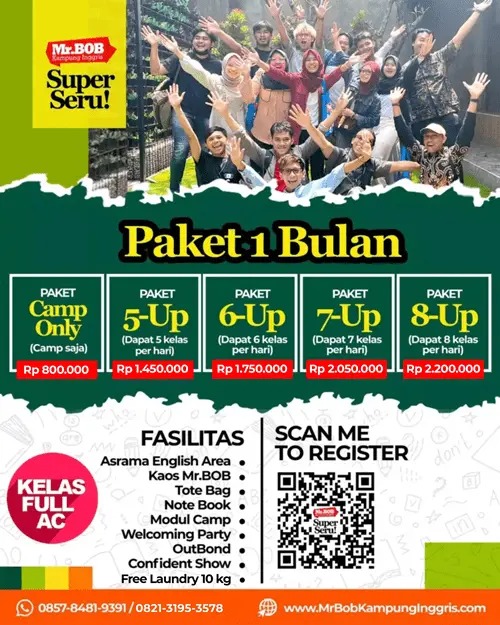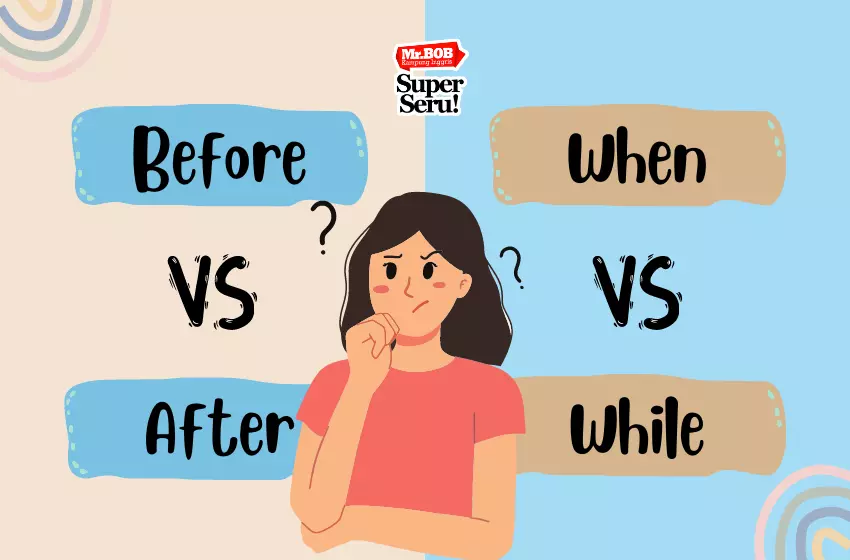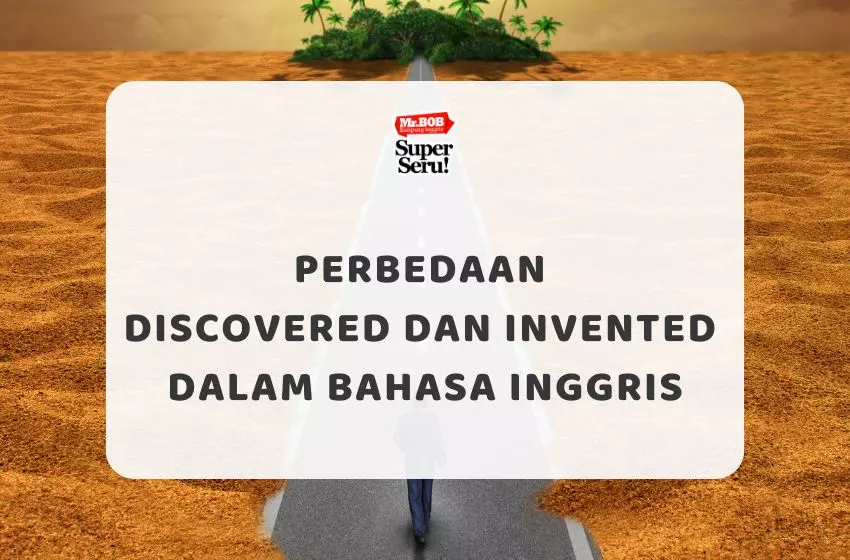Mr.BOB Kampung Inggris – Kalau kamu lagi persiapan IELTS dan pengin fokus ke bagian reading, kamu wajib banget coba latihan ini. Di artikel ini, kamu bakal nemuin satu teks bacaan asli yang mirip dengan tipe soal di IELTS Reading, lengkap sama pertanyaannya dan juga kunci jawabannya. Tema bacaan kali ini seru banget yaitu tentang Sejarah Kopi. Kamu coba kerjakan, untuk mengukur kemampuan kamu. Semakin banyak kamu latihan, soal Reading ini akan terasa mudah bagi kamu. Untuk kunci jawabannya ada dibawah, tapi jangan langsung kamu lihat ya! Jadi kamu kerjakan dulu soalnya sampe selesai, nanti kamu cocokkan dengan kunci jawabannya. Yuk langsung aja kita mulai latihannya!
Baca juga : Mengenal IELTS dalam Bahasa Inggris
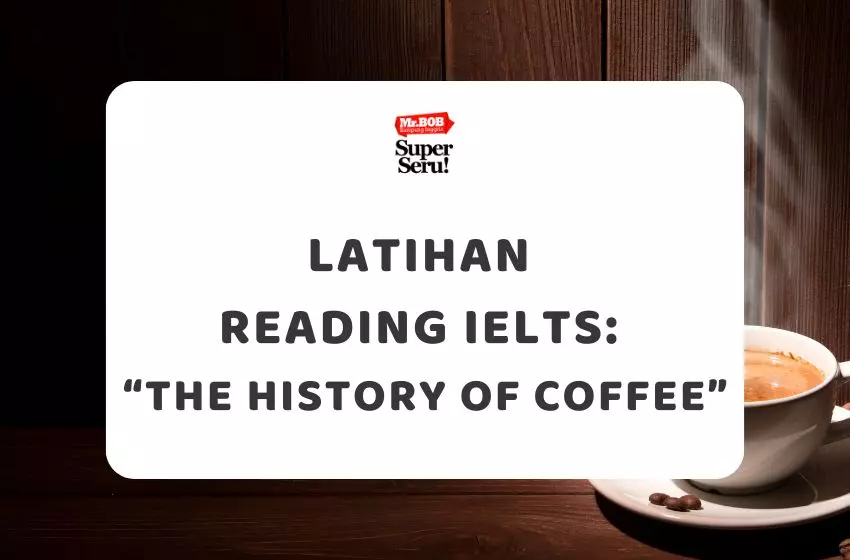
Reading Passage: The History of Coffee
Coffee is one of the most widely consumed beverages in the world today. Its energizing effect, caused by caffeine, has made it a staple in many cultures and societies. However, the origin of coffee can be traced back hundreds of years to the forests of Ethiopia. Legend has it that a goat herder named Kaldi first discovered the potential of these beloved beans when he noticed that his goats became unusually energetic after eating the berries from a certain tree.
From Ethiopia, the knowledge of coffee spread to the Arabian Peninsula, where the first known coffee cultivation and trade began. By the 15th century, it was being grown in the Yemeni district of Arabia. The Arabs were the first to roast and brew the beans, much like how we do today. Coffee houses, known as qahveh khaneh, soon became popular centers for social activity and communication in cities across the Near East. These places quickly became centers for intellectual exchange, often referred to as “Schools of the Wise.”
By the 17th century, coffee had spread to Europe and quickly became popular across the continent. Some people reacted to the beverage with suspicion or fear, calling it the “bitter invention of Satan.” The controversy was so great that Pope Clement VIII was asked to intervene. After tasting the drink himself, he found it so satisfying that he gave it his papal approval. Coffee houses soon appeared in England, France, Germany, and beyond, often attracting thinkers, writers, and businessmen.
By the 18th century, coffee had become a global commodity. The Dutch were the first to start large-scale cultivation outside Arabia, especially in Java, Indonesia. Eventually, the French, Portuguese, and Spanish began cultivating coffee in their colonies. Coffee had become not only a drink but a symbol of globalization, trade, and cultural exchange.
Section A – Multiple Choice (Choose ONE correct answer)
- According to the passage, how was coffee first discovered?
A. It was brewed accidentally in Europe
B. A goat herder observed its effect on animals
C. It was used as a medicine in ancient China
D. It was traded as a spice in Arabia - What was the significance of qahveh khaneh?
A. They were early restaurants
B. They served only royalty
C. They were social and intellectual centers
D. They replaced schools in many cities - Why did Pope Clement VIII get involved with coffee?
A. He wanted to ban it from Europe
B. He was asked to declare it a religious beverage
C. There was controversy about its effects
D. He introduced it to the Catholic Church
Section B – True, False, Not Given
Write TRUE if the statement agrees with the information.
Write FALSE if the statement contradicts the information.
Write NOT GIVEN if there is no information on this.
- The first coffee plantations in the world were built in Ethiopia.
- Coffee houses in Europe were mainly attended by politicians.
- The Dutch introduced coffee to Indonesia.
Section C – Short Answer Questions
Answer the following questions using NO MORE THAN THREE WORDS from the text.
- Who is believed to have discovered coffee?
- What did Pope Clement VIII give to coffee?
- What did coffee come to represent by the 18th century?
Baca juga : Tips Memilih Kursus IELTS di Kampung Inggris
Penutup
Latihan di atas bisa banget kamu pakai buat nambah jam terbang sebelum ujian IELTS yang sesungguhnya. Topik tentang sejarah ini pernah keluar dalam bentuk bacaan factual atau descriptive di IELTS Reading.
Kalau kamu pengen latihan lebih banyak lagi, tinggal bilang aja ya guys, kita punya banyak latihan soal IELTS Reading lainnya dengan berbagai jenis pertanyaan seperti matching headings, sentence completion, sampai diagram labeling juga. Nah kalau kamu yang butuh temen seperjuangan untuk belajar bahasa Inggris, kamu bisa segera mendaftar kursus bahasa Inggris di Mr.BOB Kampung Inggris, tanya-tanya via whatsapp dulu yuk! Kamu juga bisa baca semua artikel bahasa Inggris lainnya di website kami ini loh! Jangan lupa untuk follow instagram, tiktok, dan youtube kita juga ya. Selamat belajar dan semangat terus ya!
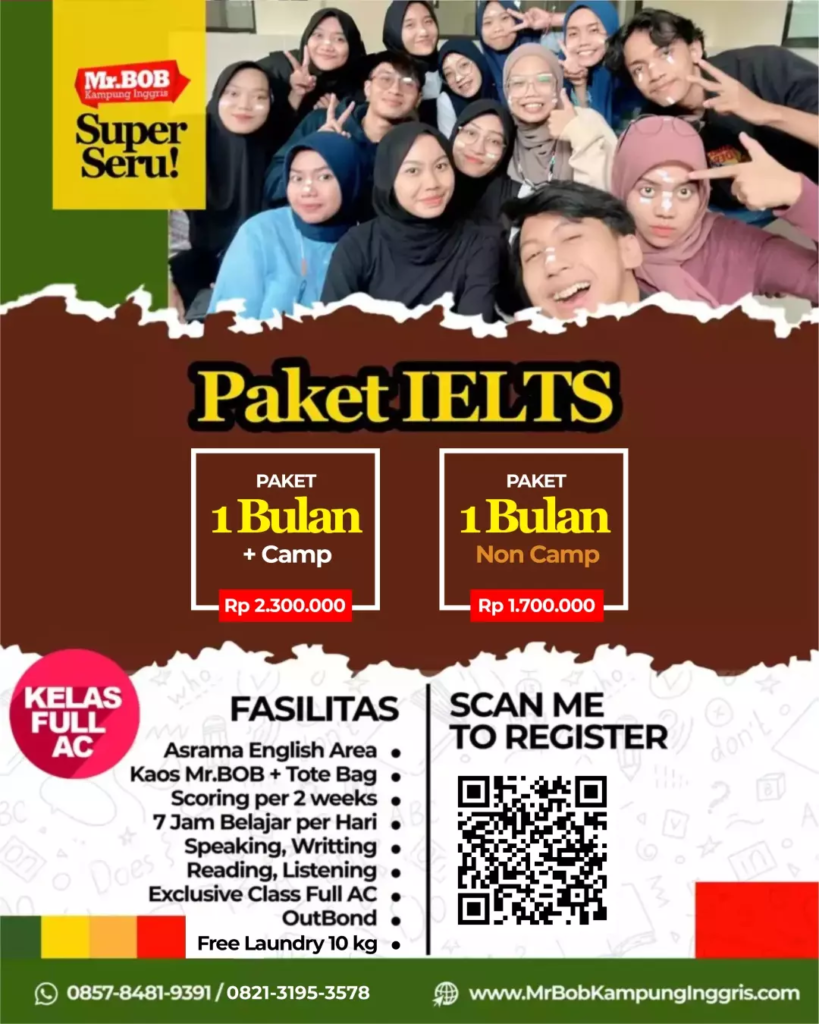
Kunci Jawaban Reading “The History of Coffee”
Berikut ini kunci jawaban dari Reading Passage “The History of Coffee”. Coba cek kamu benar berapa? Kalau masih banyak yang salah, gapapa tetap semangat ya, teruslah berlatih! Jangan lupa baca artikel kami yang lainnya ya guys, untuk melatih bahasa Inggris kamu!
| Nomor | Jawaban |
| 1 | B |
| 2 | C |
| 3 | C |
| 4 | FALSE |
| 5 | NOT GIVEN |
| 6 | TRUE |
| 7 | Kaldi |
| 8 | papal approval |
| 9 | a global commodity |



